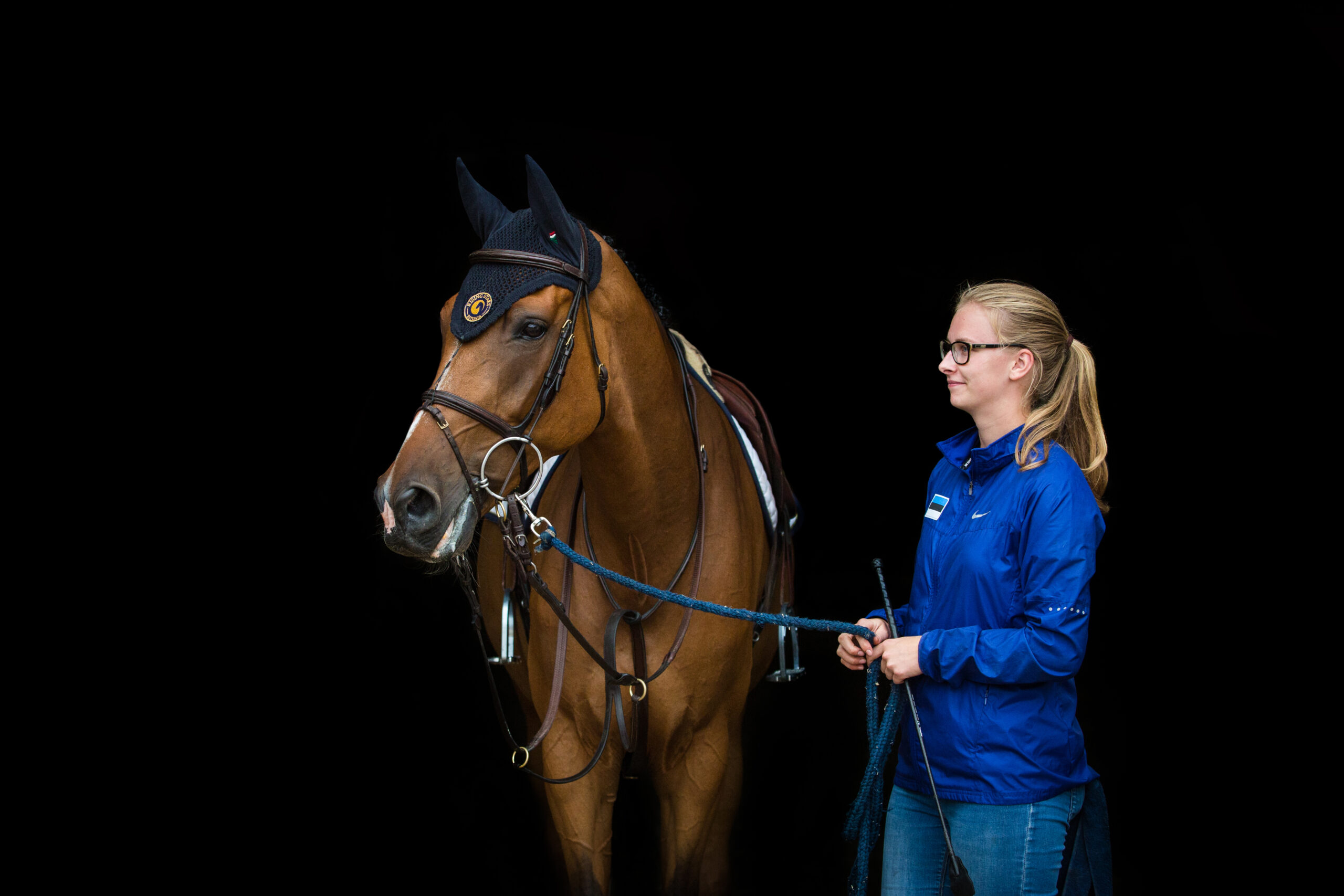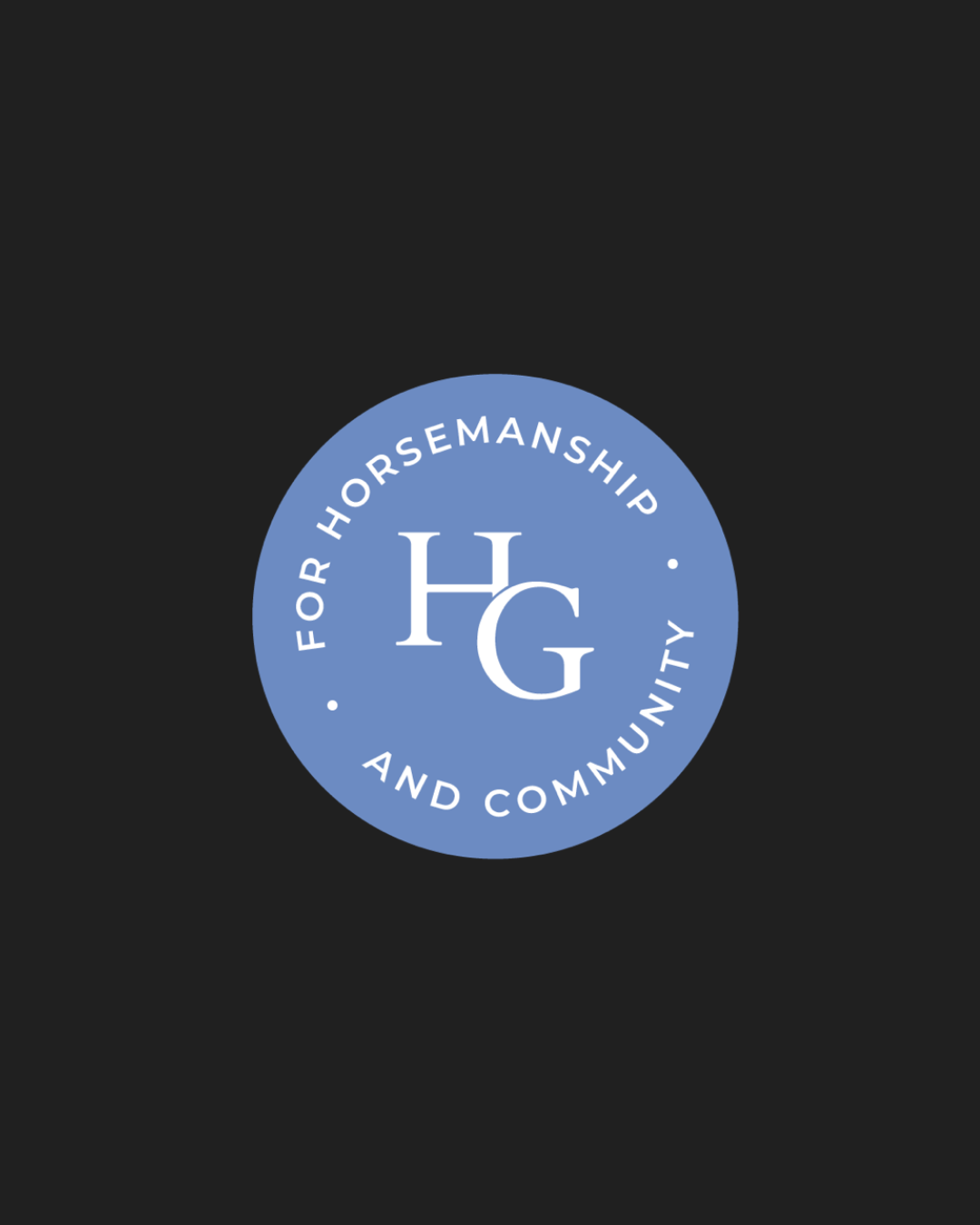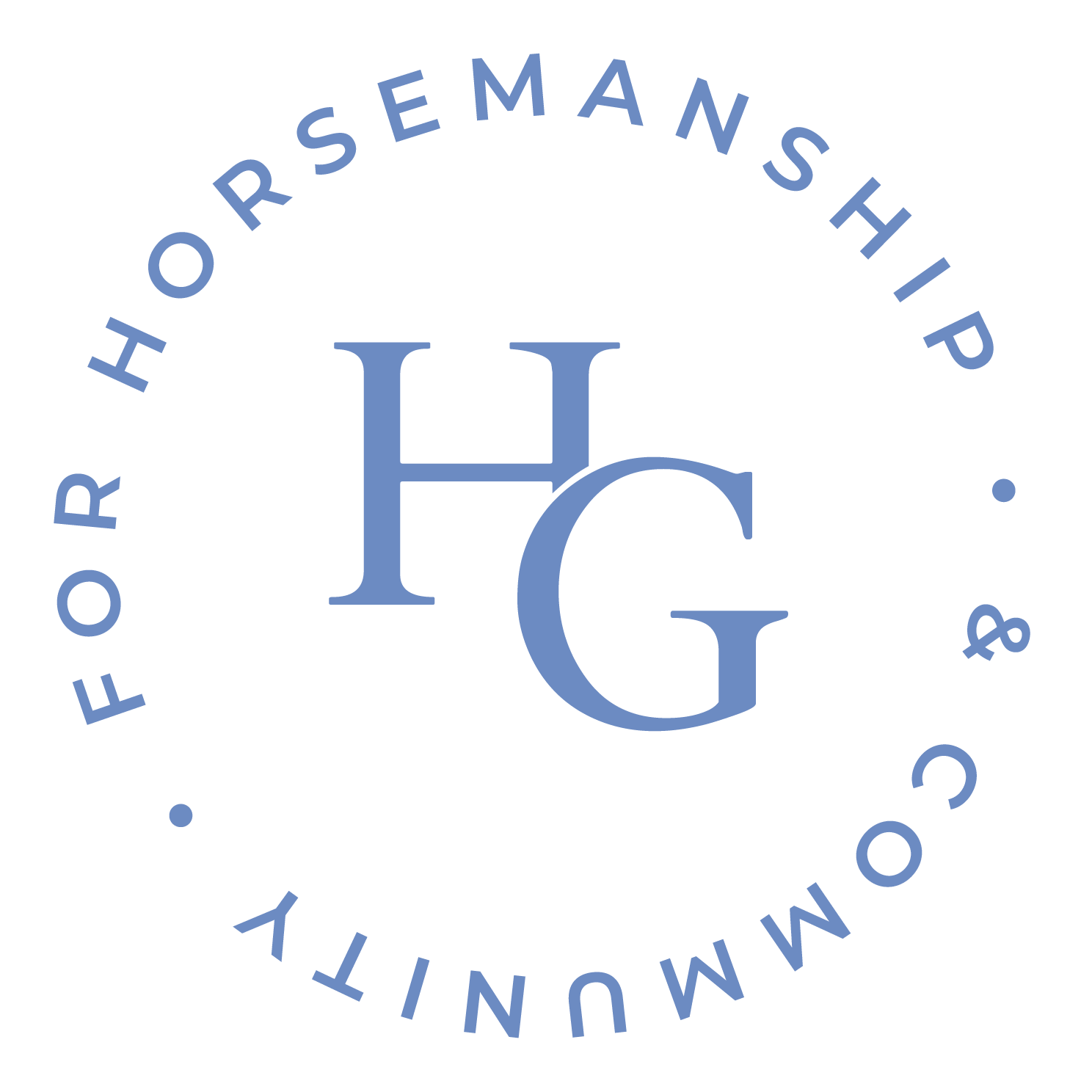Horse Welfare and Public Trust: The Bigger Picture
Across the world, the equine industry is facing more and more public scrutiny. People outside our community are paying closer attention to how horses are cared for, not just in the competition arena, but every single day at home and on the road.
This growing awareness is tied to the industry’s “Social License to Operate” (SLO)—a kind of unofficial public permission to continue equestrian sport. It’s not about laws or regulations. It’s about public trust that horses are treated ethically, responsibly, and with their welfare always put first.
And that’s where grooms come in.
Grooms play a vital role in daily horse care and management
When grooms are stretched too thin, burnt out, or leave the industry because of poor working conditions, horse care suffers. Without enough experienced, motivated grooms, it becomes harder to maintain the high welfare standards that the public—and we ourselves—expect. In this way, the sustainability of the grooming profession and horse welfare are closely connected. Supporting grooms properly is not just a workforce issue; it’s essential for safeguarding horse welfare and, by extension, the industry’s social license to operate.
What the Study Found: Tough Conditions Driving Grooms Away
“What Does It Take? Changing the Tide on Staffing Issues in the Equestrian Industry,” is the title of Ole and Wolframm’s research paper following their study into grooms’ working conditions, recognition and respect, future prospects and personal development, and acceptance and status quo. Their findings confirm what grooms have been saying for years:
– Better pay, reasonable working hours, and proper legal protection are crucial for the profession’s survival.
– Symbolic recognition, while appreciated, cannot replace real change. The study spoke to over 1,300 grooms worldwide. Their message was loud and clear.
Most professional grooms work extremely long hours—often six or even seven days a week—with little time to rest or recover. Many are paid wages that don’t reflect the level of skill, responsibility, and dedication required. Benefits like health insurance, pensions, or sometimes even paid holidays are rare. At shows, the situation can be even harder, with late-night classes and demanding schedules that push both grooms and horses to their limits.
Especially in Europe, a common danger emerges after those late nights: grooms, after long days on little sleep, often have to load up the horses and drive home through the night. This creates serious safety risks—for grooms, horses, and everyone else on the road.
Meanwhile, in places like the U.S., while competition schedules are often different, the core challenges remain: heavy workloads, irregular hours, little downtime between events, and a lack of protections and benefits. Across the board, these conditions are leading more and more grooms to leave the profession.
And when they leave, it’s not just the barns that feel the impact—it’s the horses.
What Grooms Say Needs to Change
When asked what would make them stay in the industry, grooms were clear about their needs:
- Better salaries that reflect the skill and responsibility of the job.
- Reasonable working hours and more time to rest and recover.
- Proper legal contracts that protect workers’ rights.
- Better conditions at both barns and shows—including safe, clean accommodation and decent facilities.
- Respect and recognition for the crucial work they do.
- Opportunities for personal growth and education, so grooming can become a sustainable, long-term career.
- Support for physical and mental health, which is too often overlooked.
While media recognition and awards are appreciated, grooms stressed that real, tangible improvements to working conditions are what matter most.
Why It Matters: Horses, Grooms, and the Future of the Sport
The connection between horses, grooms, and the future of the sport is simple and powerful:
– Healthy, respected grooms mean healthier, better-cared-for horses.
– Strong, stable grooming teams mean stronger, safer horse welfare.
– Protecting horse welfare means protecting public trust—and the future of the equestrian sport itself.
If we ignore the voices of grooms, we risk not only losing incredible professionals but also damaging the very foundation of our sport. In a world that is becoming more and more conscious of animal welfare, we can’t afford to look the other way.
Time to Act
Grooms have always been the quiet force behind the scenes. But now, more than ever, it’s time to listen.
If we want a stronger future for the horses, and for the sport itself, we must start by supporting the people who care for them every day. That means fair pay, reasonable hours, legal protections, and real respect for the important role grooms play.
Change won’t happen overnight. But by working together—grooms, riders, employers, organizers, and federations—we can build an industry that takes care of its horses and the people behind them.
FREE Webinar With Susanna Ole About the Study
Want to be part of the conversation? Join us in the HorseGrooms Community for a live FREE webinar on Monday, May 5th at 19h CET (1 pm EST). With researcher Susanna Ole, we’ll dive deeper into the findings of the research, share stories, and explore potential solutions.
Click here to join the HorseGrooms Community (it’s free!)
Click here to join the free webinar.
Together, we can make the future better—for the horses, for the grooms, and for the sport we all love.
Featured photo of Susanna Ole courtesy of Celin Lannusalu


